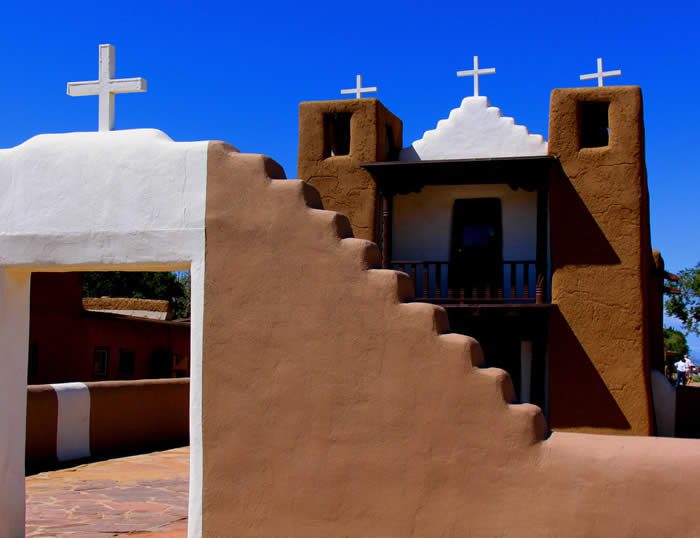Jan A. Jahner
Santa Fe, New Mexico, USA
Poet’s statement: Fairly new to New Mexico, I am excited by the cultural and spiritual diversity that thrives under the high desert sun, and the stories that want to be told. The intimacy of an encounter in the unguarded moments of serious illness and dying is a profound privilege. I enjoy writing about the parallel process that unfolds between the patient and the caregiver. I find myself on my knees sometimes, aware of the holiness that I have happened into. My poems depict the grave misgivings about what Dr. Diane Meier describes as the “medical industrial complex” as it is perceived by patients, as well as my thoughts about the kind of dying I would prefer. The longer I am in healthcare, the more it seems that issues of meaning, identity, and purpose surface for clinicians as well as patients and their families.
Bold flavor
Out past the pueblo, I turn left unto gravel
snake past car parts, wood stacks, old cottonwoods.
It’s like entering a dust-blown tomb, no, a shipwrecked library
from the sofa she whispers me in
treasures everywhere, one chair can be cleared
she wants to know of my roots up north
how I like New Mexico
she gestures out the back window
having planted corn, green chilies, tomatoes last June,
 |
sends Raine out for the ripe ones.
“Taste their flavors,” she says.
She strokes the large, black dog that
never leaves her side as she
shows me the half-moon mass that
presses her airway to a whistling reed that
has stolen her appetite
that won’t come back.
Only liquids line her coffee table, half-sipped.
Yet something as strong as Spider Woman,
as ancient as Changing Woman, assures me
“no treatment, no rescue”
just wonders how much time.
She insists on finishing like the corn,
tall, golden, and tattering in the wind.
My credentials usually follow a CT scan, a biopsy …
my fingers spread across the swelling, my stethoscope
fills with her squeaking, sand-paper lungs
as light as a dried apple, she falls
back on the worn, woolen blanket
the one the Hopi kids brought
back when she was the sun and the moon.
What is it that boards up the exits, and places the keys
where they will not be found? Gleaming eyes
take me to that holy place so naked, so full of need
I feel like I’m climbing beneath the sheets,
“less than three weeks.”
We can’t start care without a doctor’s order.
Yet, I give her my number,
the papers that will name her nephew.
He calls me nine days later as she slips past breathing,
as she dissolves into knowing
what we don’t.
JAN A. JAHNER, RN, CHPN needed to understand some of her nursing experiences, and this urged her to write. She started her career in the emergency room, and, when the adrenaline became a toxic substance, she moved to end-of-life care where the pace and people had more heart. Jahner has just completed a chaplaincy program and is a Palliative Care Specialist, using a contemplative approach to enliven her experiences and relationships.
About the photographer
ELENA LEVITSKAYA, RN has been a Critical Care/PACU RN for the last 15 years. Photography has been one of her creative outlets for over 10 years. She mainly explores nature as an ever-present and alive subject in connection with human perception and emotional responses to natural balance and harmony.
Highlighted in Frontispiece Spring 2011 – Volume 3, Issue 2


Leave a Reply